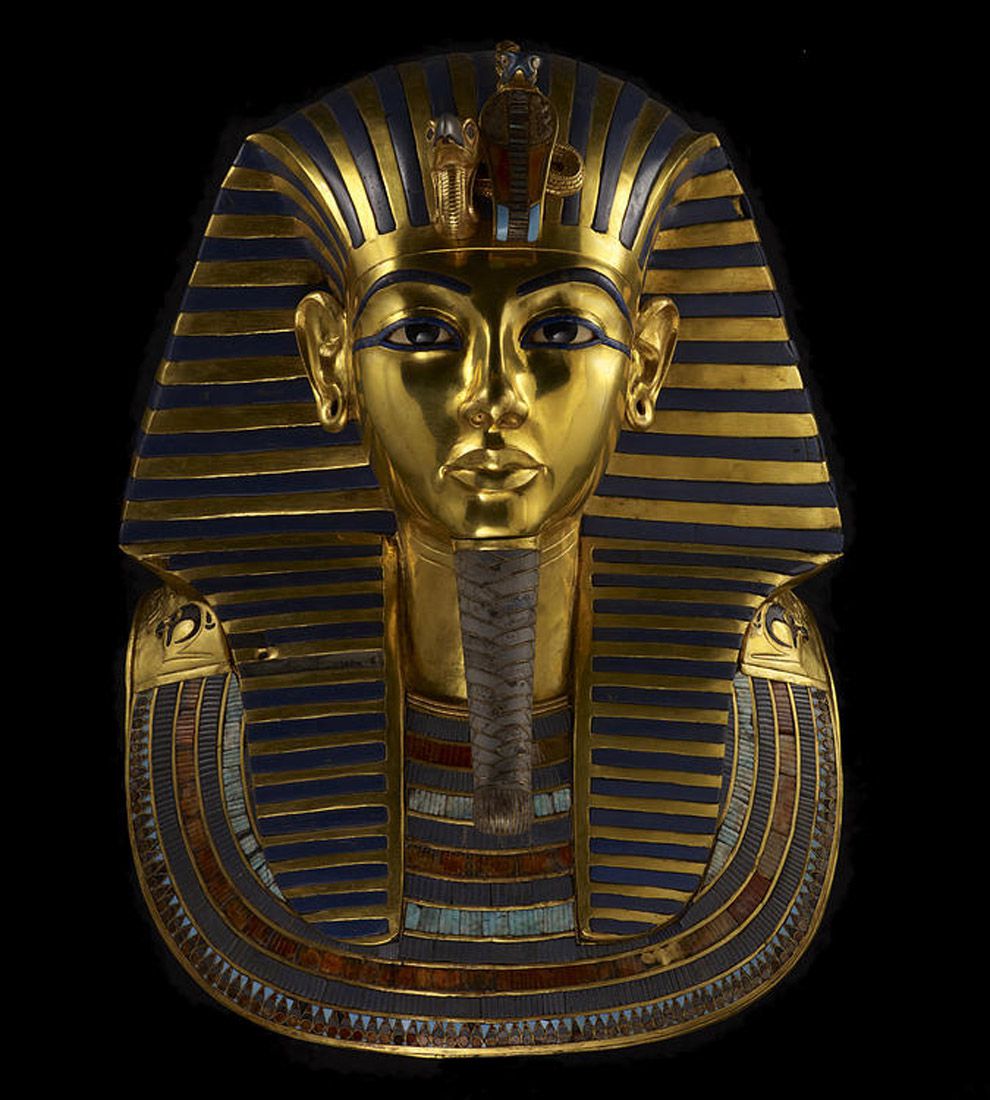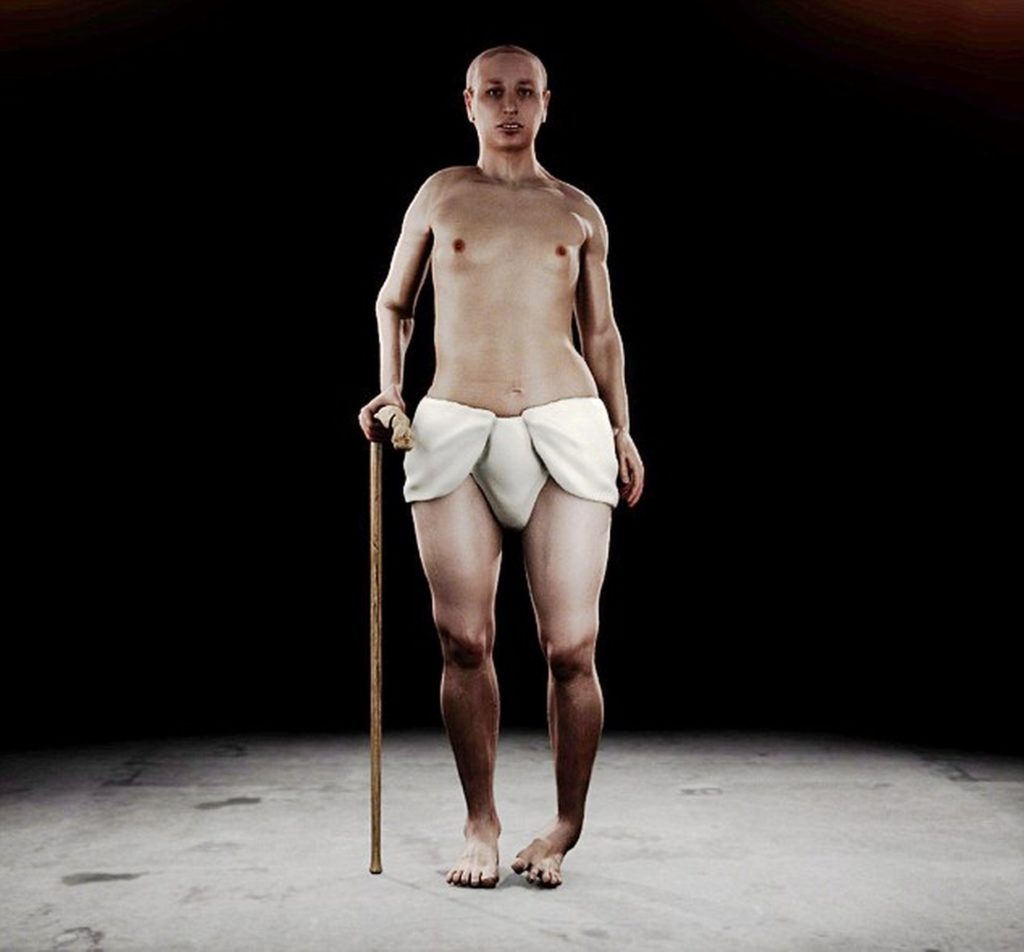
ADVERTISEMENT - CONTINUE READING BELOW
The Best Known Egyptian Pharaoh Today Was Seen as Insignificant by Ancient Egyptians
Pharaoh Akhenaten died in 1334 BC, after a tumultuous seventeen-year-reign that plunged Egypt into chaos and bankrupted the kingdom. Nefertiti tried to continue her late husband-brother’s religious revolution, and stepped up to act as regent for Akhenaten’s successor, a seven-year-old born him by another sister. However, she lost a power struggle at court, and power went instead to a chief minister, Ay, who became the child pharaoh’s key adviser. The kid’s birth name had been Tutankhaten birth, which means “Living Image of Aten”, after the god worshipped by his father. Soon as he ascended the throne, the child ruler’s advisers had him change his name to Tutankhamen, or “Living Image of Amen”, the traditional Egyptian god ditched by Akhenaten. That heralded a rejection of his father’s religious revolution, and a counter-revolution that restored the old Egyptian gods and traditional ways of worship.

ADVERTISEMENT - CONTINUE READING BELOW
The new pharaoh was relatively insignificant. He was a child king for most of his life, which lasted for only another ten years before he died at age seventeen. In that time, actual power was wielded by his advisers. Tutankhamen was also physically disabled and sickly. A product of generations of royal incest, he suffered many deformities caused by inbreeding. He had a cleft palate, scoliosis (a deformation of the spine), and a clubbed foot, so he needed a cane to walk. He also caught frequent bouts of malaria, which ultimately killed him. When he died, courtiers raided the tombs of his father and Nefertiti, and ransacked them for items to toss into Tutankhamen’s tomb. Indeed, the most famous ancient Egyptian artifact, Tutankhamen’s Mask, had actually been Nefertiti’s. Even his sarcophagus had been made for somebody else: masons simply carved over its original inscriptions, and repurposed them for King Tut.

